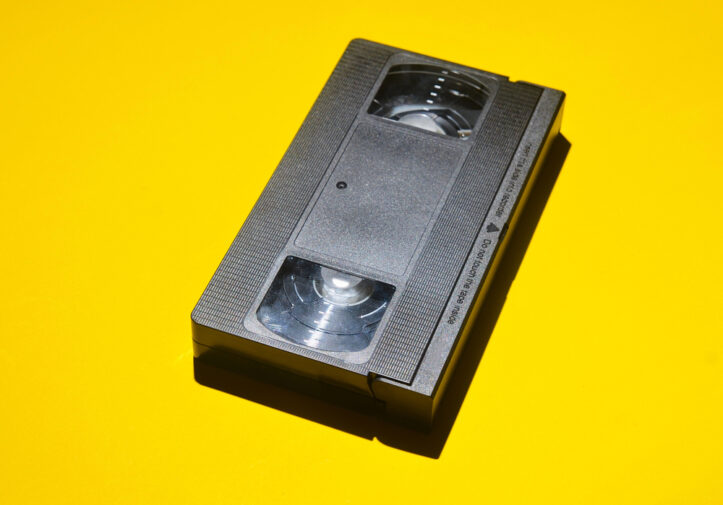Video evidence authentication – Fairfax criminal lawyer comments
Video evidence authentication – Fairfax criminal lawyer comments

Video evidence can help or haunt a prosecuted person, says Fairfax criminal lawyer
Video evidence (VE) can help or haunt a prosecuted person. As a Fairfax criminal lawyer, I know that VE can act as its own witness, with the watcher giving more credence to such footage than to live testimony, unless concerned about doctored, partially deleted, or artificial intelligence-created material. If the VE is true and accurate, it will pick up warts and all, to a point, because such footage, by technological definition, cannot capture every image and sound in the camera’s vicinity (otherwise we would see the camera operator). How does a Virginia criminal defendant or prosecutor get authentication of VE that was created without any human being watching the action as it happened? No matter how poorly or well-reasoned the opinion is, the Virginia Court of Appeals addresses this extensively in the unpublished opinion involving a conviction for murder, use of a firearm in the commission of a felony, and contributing to the delinquency of a minor, in Rodriguez v. Commonwealth of Virginia, Record No. 0208-24-1 (Va. App. 2025) (unpublished).
How can we rely on unmonitored video evidence not skipping a beat(s), not showing the correct timestamps, and not missing critical sound?
One day, I saw as irritating smugness a prosecutor’s assertion that my reference to helpful unmonitored video evidence was helpful to me would meet with his objection that the footage would be inadmissible as not properly authenticated. Of course, a nearly irresistible pull makes me want helpful unmonitored VE to be admissible at trial, but harmful VE footage to be kept out of trial. Instead, Rodriguez is overly liberal in how to authenticate unmonitored VE to be able to be shown to the jury and judge at trial: “’The requirement of authentication or identification as a condition precedent to admissibility is satisfied by evidence sufficient to support a finding that the thing in question is what its proponent claims.’ Va. R. Evid. 2:901. ‘Even though no human is capable of swearing that he personally perceived what a [videotape] purports to portray . . . there may nevertheless be good warrant for receiving [it] in evidence.’… ‘[I]t is not necessary that a witness observe or testify to every moment depicted in the video.’… ‘Rather, it is sufficient for a witness to affirm that the video accurately represents what transpired based on the witness’s observations.’… Here, McBee and the detectives confirmed that the Vivint video accurately depicted McBee’s front porch and its surroundings on the night of the homicide. McBee identified herself, Miles, and Rodriguez in the video, and identified the voices of Cowfer and his daughters. She testified that she heard Rodriguez and Cowfer arguing over a gun as she entered her house, which is heard in the video. Detective Baker testified that he reviewed McBee’s copy of the video and the certified copy and that there were no differences or alterations between the two. McBee, Detective Baker, and Detective Siniscalchi confirmed that the Commonwealth’s video was an accurate representation of the one they saw and downloaded from McBee’s Vivint security system. Any question about the accuracy of the portions that the witnesses did not personally observe merely affected the weight of the evidence, not its admissibility… The videotape was thus adequately authenticated, and the court did not abuse its discretion by admitting it into evidence.” Rodrguez (citations omitted).
Virginia judges must apply evidentiary rules with equal fairness to parties
Virginia judges must apply evidentiary rules with equal fairness to parties. That does not mean that all judges do that. Long ago, when I was trying a case in another jurisdiction, the judge let the prosecutor butt into my arguing my objection, and by the time I started speaking again, the judge was so fed up listening to this point of law that he denied my objection. Now, it is rare for me not to interrupt such butting in by reminding the judge that this is my objection or my motion. Then, if the judge still says s/he wants to hear from the prosecutor first, it is now harder for the judge to deny my motion or objection without first hearing me out as well. Similarly, to the extent that the unpublished Rodriguez unmanned video evidence opinion addresses published governing court cases, Virginia judges must apply such evidentiary authentication approaches no less favorably to criminal defendants than to the prosecution.
What do I do if facing damning VE and other damning material against me as a Virginia criminal defendant
As a Fairfax criminal lawyer, I warn you, as a Virginia criminal defendant, to beware of the video evidence boobytraps and other evidentiary boobytraps in your case. Do not automatically expect the judge to save you from that damning material. Obtain the best possible lawyer for your defense. Top-rated Fairfax criminal lawyer Jon Katz will be delighted to meet with you for a free in-person confidential consultation about your court-pending prosecution, to formulate a tailor-made defensive action program for pursuing your best defense. Usually, Jonathan Katz can meet with you within a business day of your contacting us about your Virginia felony, misdemeanor, or DUI prosecution, at 703-383-1100, Info@KatzJustice.com, or (text) 571-406-7268.

